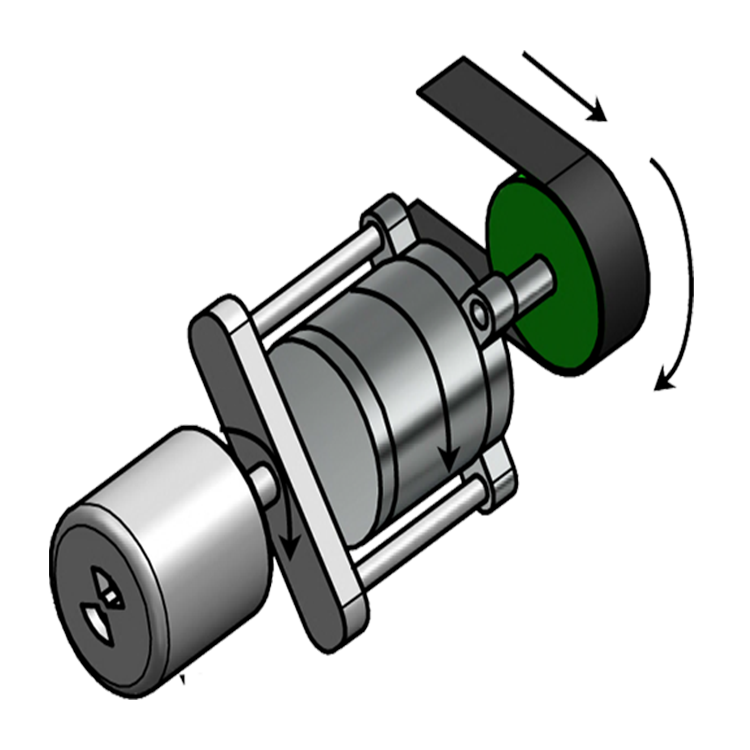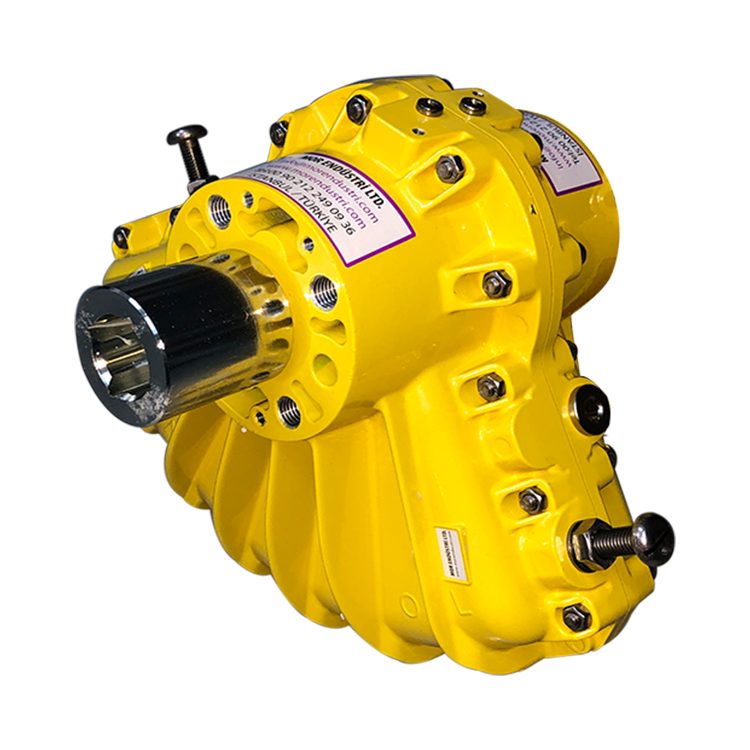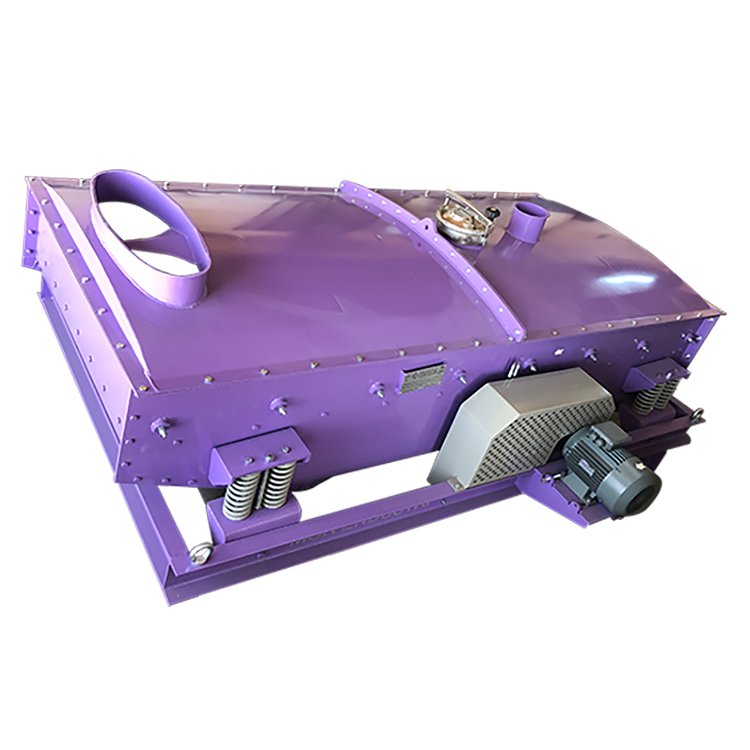Thanks to the wide range of possibilities provided by technology, it is a convenient device that allows taking samples from granular floors (sand and pebble-weighted grounds) without disturbing, unchanged texture, the natural conditions of the land, on the land to be used for industrial purposes.
The sampler is used by the manufacturer and persons at certain time intervals. It is important to take the sample from the ground that is not disturbed soil because the result that will be obtained differs depending on the degree of disturbance.
There are two different sampling methods: Undisturbed sample and disturbed sample. These two different methods have advantages and disadvantages according to their shape. There are various designs according to the physical qualities of the product to be sampled.
Sampler Types and Usage Areas
Samplers are designed in three types: conveyor belt samplers, air slide samplers and shovel type samplers from casting shots.
- Conveyor Belt Sampler: It is used for sampling the flow material carried on Belt Conveyor. Depending on the amount of sample requested, the sampling shovel and rotation speed are set, so that sampling is provided on the tape as much as the amount needed at once. This type of sampler is preferred mainly in coal plants, mining, chemical and cement plants.
- Air Slide Sampler: Air Slide type sampler, which is added to the air slide line as a 1-meter capsule, allows you to easily obtain the desired quantity of samples without any changes in the air and material flow balance of the transport system. It is preferred in plants that carry powdered materials especially cement and mine.
- Paddle Type Sampler: Unlike other samplers, this sampler is designed to take samples at the time of pouring. During the transfer of the product transferred by transport equipment to other equipment, the material taken from the pouring shot in between is transmitted to the sample container with the help of a sampling shovel.
It is produced with a pneumatic or electric motor driven option according to the suitability of the place where sampling is considered. Especially, it is used for sampling of materials with a temperature of 300°C and flows with a capacity of 5000 tons/hour in cement and power plants.



 TR
TR
















